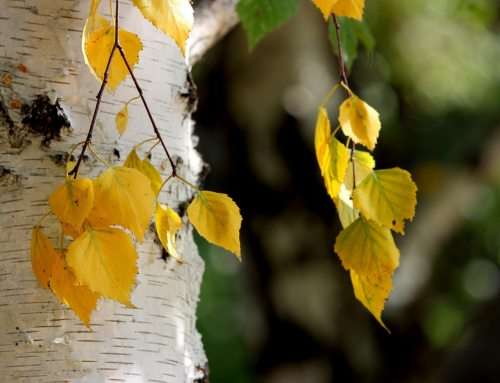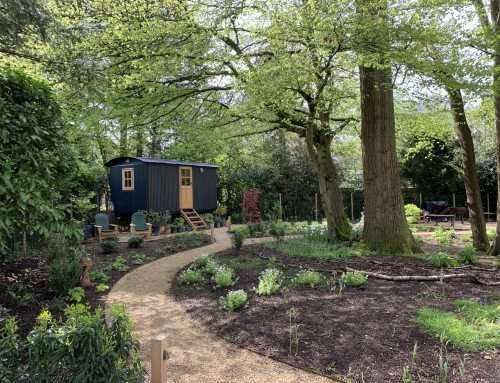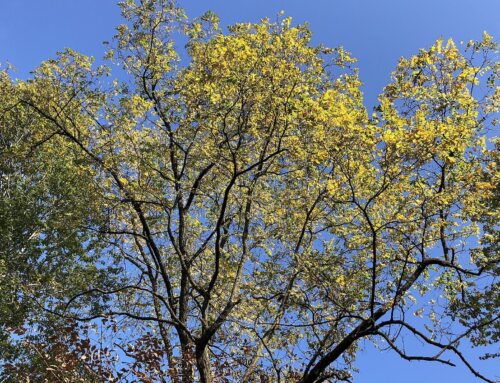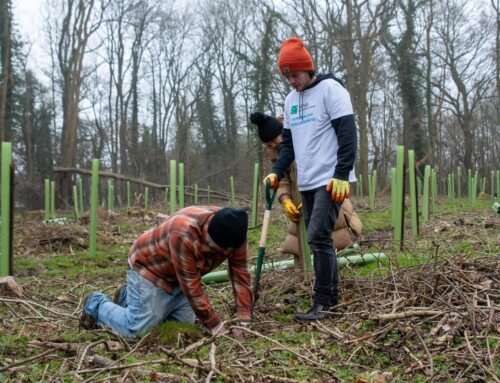What is Phytophthora pluvialis?
Tree pests and diseases are an integral part of a woodland ecosystem. Damaged, dying, dead, and decaying trees provide some of the most biodiverse habitat in this country for a wonderful variety of wildlife, from the exceptionally rare pseudoscorpion Larca lata only found on Oak in Windsor Great Park, to the more common examples of our 3 native woodpeckers, numerous species of bats, and an almost inexhaustible list of invertebrates. The balance of life and death in the woods is disrupted, however, by the arrival of exotic pests and diseases. The most commonly known in the UK at present is likely to be Ash dieback (Hymenoscyphus fraxineus), and before that Dutch Elm Disease (Ophiostoma novo-ulmi). In our increasingly globalised world, trade, travel, and transport are the primary cause of disease introduction.
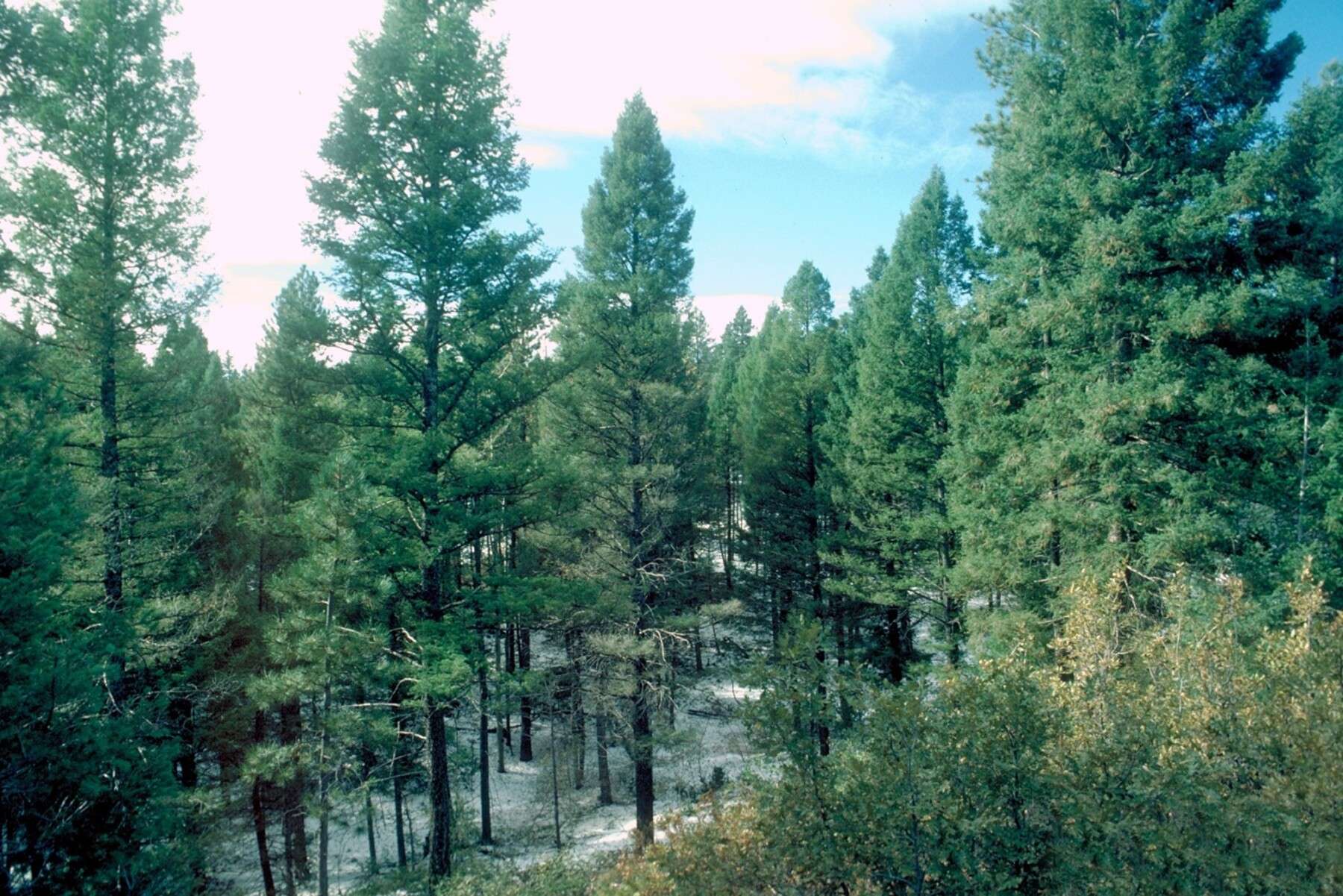
Douglas fir forest in its native range of the Pacific Northwest
Recently discovered in a woodland in Cornwall is the pathogen Phytophthora pluvialis. There are over 170 described Phytophthora species, with an estimated 100-500 yet to be uncovered. Interestingly, and rather tellingly, the name Phytophthora derives from the Greek for “the plant-destroyer”. P. pluvialis was first described in 2013, Oregon, USA on tanoak (Nothilocarpus) and Douglas fir (Pseudotsuga menziesii), growing in intimately mixed forests. The disease has also been confirmed on Radiata pine (Pinus radiata), Mexican yellow pine (Pinus patula), Weymouth pine (Pinus strobus), and Western hemlock (Tsuga heterophylla).
Douglas fir, and to a lesser extent Western hemlock, are two of the key conifer species which occur in southern England. Many of the commercial timber stands in the south include one or both species. Without digressing into the fundamental attributes of sustainable forest management, there is a need to balance biodiversity conservation and enhancement, and social inclusion with the commercial aspect which growing valuable conifer brings. Planting purely native broadleaved woodland is a laudable endeavour, but as the old foresters’ saying goes, “the wood that pays is the wood that stays”. This is to say that for landowners a financial return is essential from woodland areas, which often funds less commercially viable, but more environmentally driven work elsewhere. If P. pluvialis develops into a major threat to our lowland conifer forests, the pool of suitable species is reduced further, and may have severe implications on forest and further countryside management across the affected area.
P.pluvialis infection has been confirmed on all stages of tree growth, from seedling to mature specimens. This has serious implications on all examples of host species, from mature stands to nursery stock. The photos (below) show some of the described symptoms of P. pluvialis, which include:
- Needle cast
- Shoot dieback
- Lesions on stem, branch, and roots
The pathogen has currently been identified in Cornwall, Devon, Cumbria, Wales, and north-west Scotland. Whilst these are localised outbreaks, it should be assumed that the disease is, or has the potential to be, country wide.
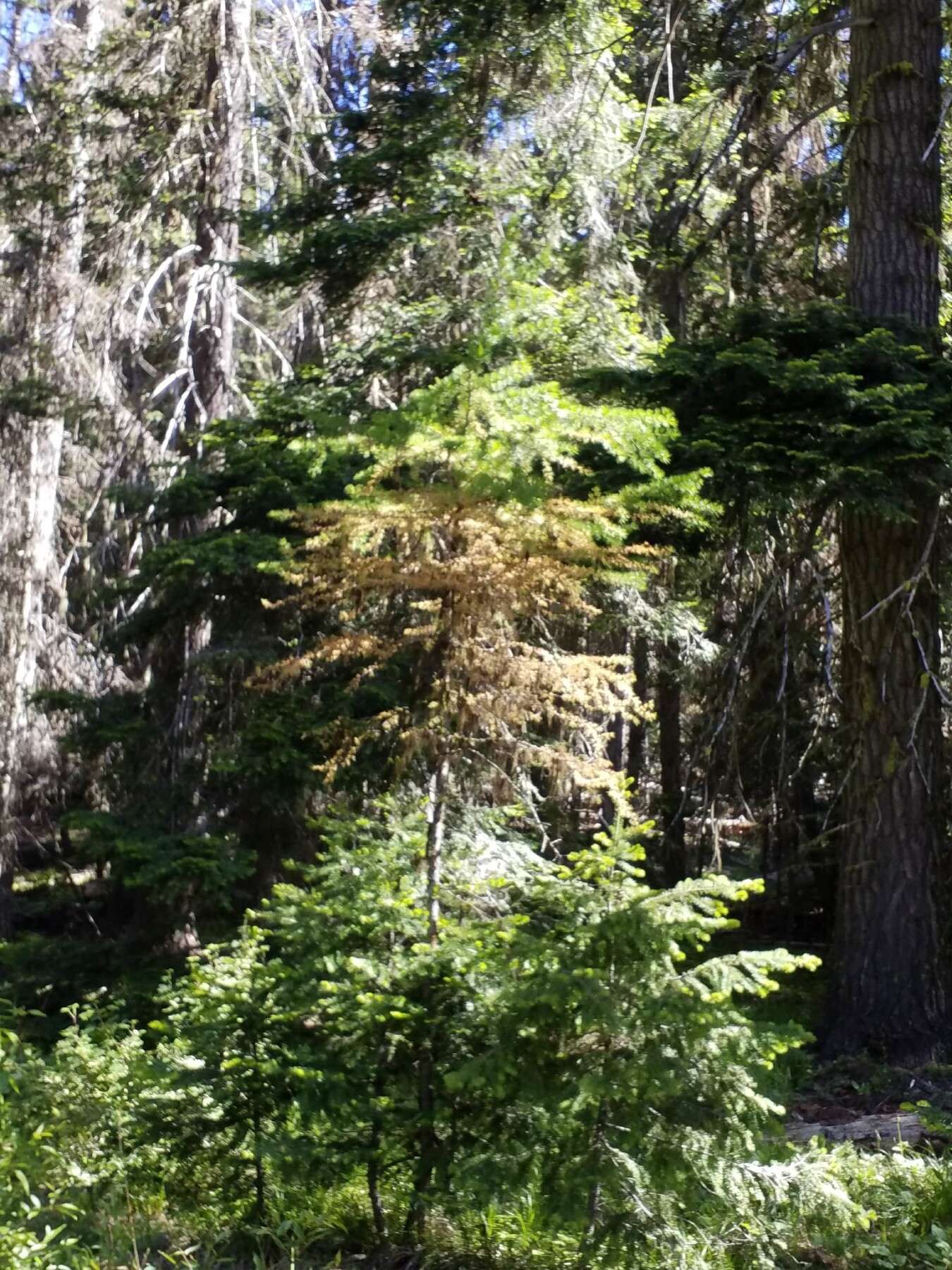
If control measures are unsuccessful then nationwide spread is highly likely. The establishment of P. pluvialis has been widespread in countries with similar climates. Very little is known about distribution methods, other than the similarities to other Phytophthora. Phytophthora are oomycetes, otherwise known as water moulds, and thrive in wet and humid conditions. Our relatively wet and humid climate, especially on the West coast, provides ideal conditions for growth, as seen in the location of the outbreaks mentioned above.
For commercial timber stands it is to be expected that infection will cause significant yield loss, principally through considerable needle cast. There is also the possibility, though this has not yet been recorded, that seedling production of those affected species will be affected. As Douglas fir is one of our primary timber species, especially in the south, this has serious ramifications on the landscape into the future. It is not yet known whether P. pluvialis will be a primary causal disease agent in the UK, in all current infections other pathogens are also present.
Natural regeneration as an establishment practise may become impossible in these affected forests, especially those, such as Western hemlock stands, where natural regeneration is a key method of restocking. The photo below shows an example of a previously healthy understory of Western hemlock, now completely dead. Usually, to increase a woodland’s resilience to disturbances, multiple species are planted. It should be assumed that as the native ecosystem is a mixed species forest, mixed forests in the UK will be similarly affected.
Whilst not yet confirmed as endemic, prudent thought should be given in new woodland and restocking species choices. Mixed species stands may prove suitable, with a sufficiently low percentage of affected species in the overall mix.
To summarise, not much is known about P. pluvialis in the UK. Extrapolation of international experience and the spread of P. ramorum suggest that the worst case is this will become a major pathogen for 2 of our commonest conifer species. For those with an optimistic outlook, the disease may yet turn out to be a minor secondary pathogen, such as P. kernoviae. In tandem with other biotic threats (Ips typographus, Dothistroma septosporum, P. ramorum), conifer species choice is becoming increasingly limited. Control measures are in place, and any suspected sightings should be reported via TreeAlert (https://treealert.forestresearch.gov.uk/). Research is ongoing.
For further information please see:
Phytophthora pluvialis symptom guide – https://assets.publishing.service.gov.uk/government/uploads/system/uploads/attachment_data/file/1029958/Symptom_guide_P_pluvialis_final_21-10-29.pdf
Government guidance – https://www.gov.uk/guidance/phytophthora-pluvialis
